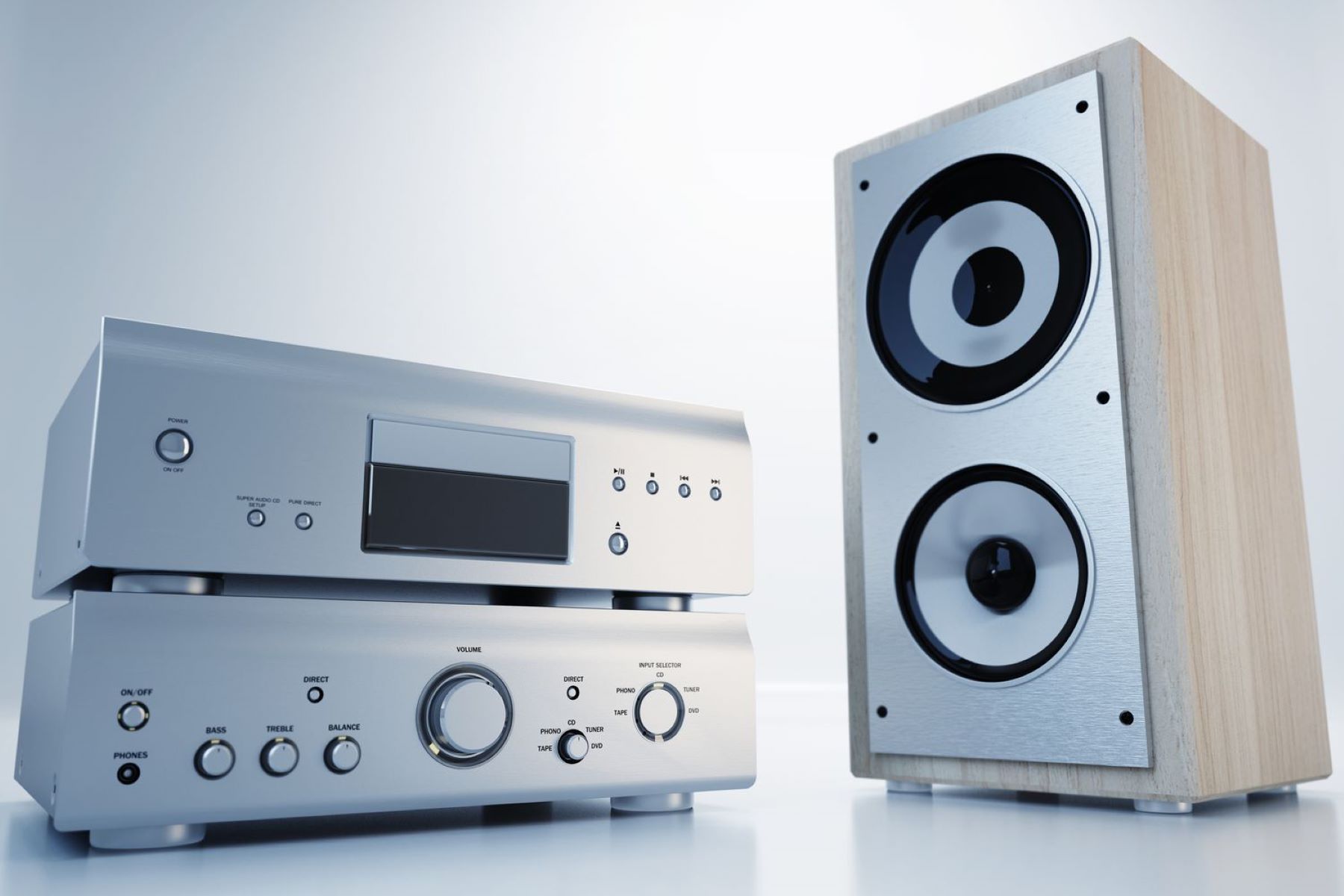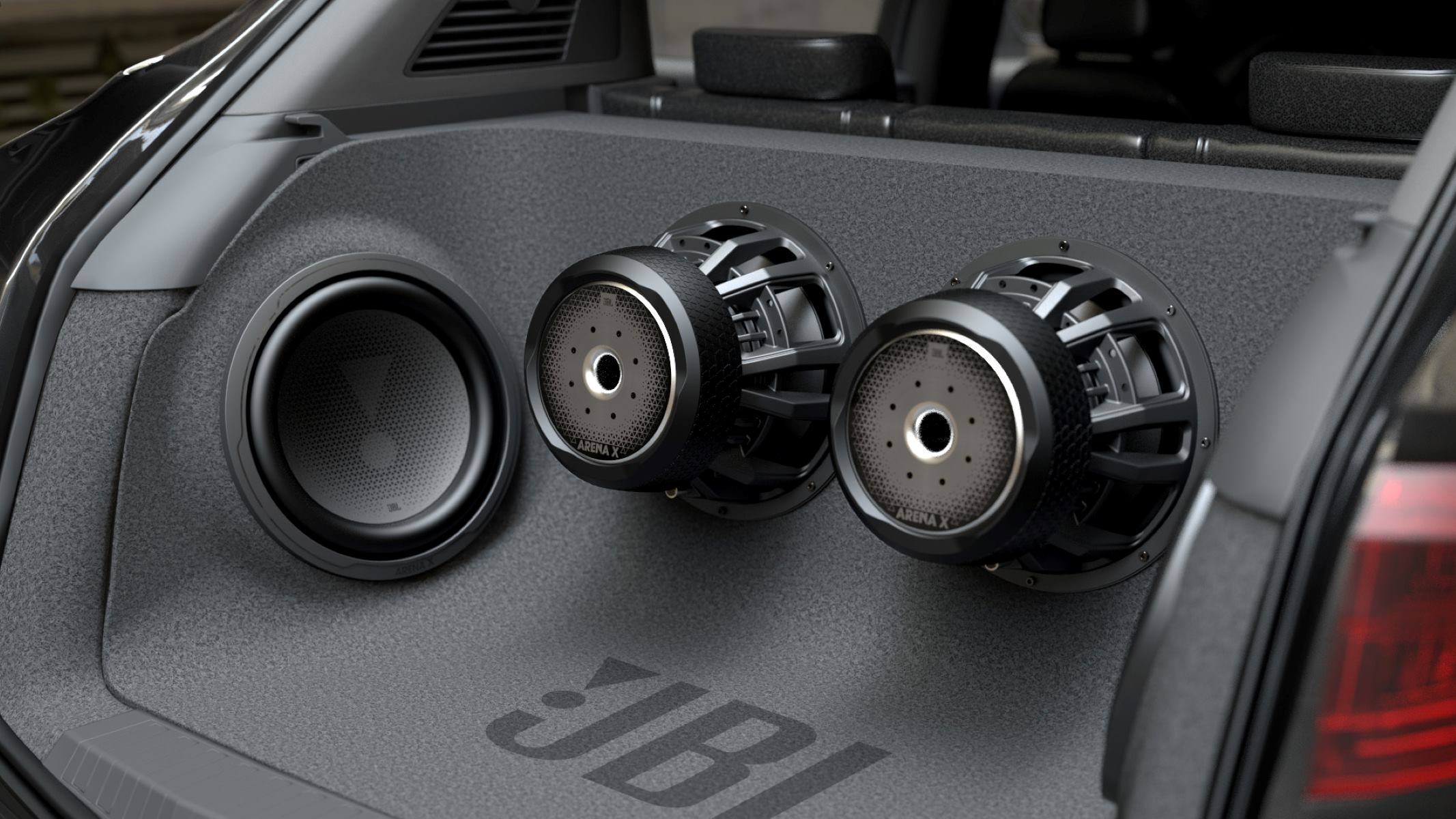Home>Devices & Equipment>Subwoofer>How To Test Car Subwoofer


Subwoofer
How To Test Car Subwoofer
Published: January 20, 2024
Learn how to effectively test your car subwoofer and optimize its performance with expert tips and techniques. Enhance your audio experience with our comprehensive subwoofer testing guide.
(Many of the links in this article redirect to a specific reviewed product. Your purchase of these products through affiliate links helps to generate commission for AudioLover.com, at no extra cost. Learn more)
Table of Contents
Introduction
Welcome to the world of car audio enthusiasts! If you’re a music lover who wants to experience deep, booming bass while on the road, a car subwoofer is an essential component of your audio system. A subwoofer is designed to produce low-frequency sounds, adding depth and impact to your music. However, simply installing a subwoofer is not enough; you need to ensure that it is working optimally to achieve the best audio performance.
In this article, we will guide you through the process of testing your car subwoofer to ensure that it is performing at its best. We will cover everything from checking the wiring connections to evaluating sound quality and fine-tuning the settings.
By following these steps, you’ll not only be able to verify that your subwoofer is in working condition, but you’ll also have the opportunity to fine-tune its performance for the best possible listening experience.
Step 1: Prepare the necessary tools and equipment
Before you begin testing your car subwoofer, it’s important to gather the necessary tools and equipment. Here’s what you’ll need:
- Test tones: Test tones are essential for assessing the performance of your subwoofer. These are audio files specifically designed to produce certain frequencies, allowing you to test the bass response of your subwoofer.
- Audio source: You’ll need an audio source to play the test tones. This can be a smartphone, MP3 player, or any device that can play audio files.
- Wiring connections: Ensure that all the wiring connections to your subwoofer are secure and properly connected.
- Power supply: Make sure your car’s electrical system can provide enough power to your subwoofer. Check your amplifier’s power requirements and ensure that it can be fulfilled by your car’s battery and alternator.
- Tools: Prepare basic tools like a screwdriver and wire strippers in case you need to adjust or troubleshoot any wiring issues.
By having these tools and equipment ready, you’ll be able to effectively test and evaluate your car subwoofer’s performance.
Step 2: Check the wiring connections
One of the most common issues that can affect the performance of a car subwoofer is faulty or loose wiring connections. It’s essential to ensure that all the wiring connections are secure and properly connected before proceeding with the testing process. Here’s what you need to do:
- Inspect the power and ground connections: Start by checking the power and ground connections of your subwoofer. Make sure that the power wire is securely connected to the positive terminal of the amplifier and the ground wire is connected to a suitable grounding point on the vehicle’s chassis. Ensure that there is a tight connection without any loose or frayed wires.
- Check the RCA connections: If you’re using RCA cables to connect your head unit to the amplifier, inspect the connections for any damage or loose connections. Ensure that the RCA cables are firmly plugged into the head unit and amplifier without any interference from other wires.
- Examine the speaker wire connections: Inspect the connections between the amplifier and the subwoofer using speaker wire. Ensure that the connections are secure and that the positive and negative terminals are properly aligned. If necessary, strip the wire and reconnect the terminals.
- Verify crossover settings: If you have a separate crossover unit, check the settings to ensure that the frequencies are correctly set for the subwoofer. Improper crossover settings can result in distorted sound or lack of bass response.
By carefully checking and verifying all the wiring connections, you can eliminate any potential issues that may affect the performance of your car subwoofer. This step is crucial in ensuring that the subwoofer receives the necessary power and signal to deliver optimal bass performance.
Step 3: Play a variety of audio tracks
Playing a variety of audio tracks is an essential step in testing your car subwoofer’s performance. It allows you to assess its ability to reproduce different types of bass frequencies and determine if there are any issues or distortions. Here’s what you should do:
- Select a range of music genres: Choose a diverse selection of music genres that have a wide range of bass frequencies. This can include hip-hop, electronic, rock, jazz, or any other genre that you enjoy listening to.
- Choose tracks with deep bass: Look for tracks that have deep bass lines or prominent low-frequency elements. These tracks will push your subwoofer to its limits and help you evaluate its performance accurately.
- Pay attention to bass clarity and impact: Listen carefully to how the subwoofer handles bass frequencies. Pay attention to the clarity of the bass notes and the impact it delivers. A well-performing subwoofer should produce clean and powerful bass with no distortion or muddiness.
- Test different volume levels: Experiment with different volume levels to see how well the subwoofer handles bass at various intensities. Ensure that there is no distortion or rattling sound coming from the subwoofer, as this can indicate an issue with the speaker or enclosure.
By playing a variety of audio tracks, you can gauge the overall performance of your car subwoofer and identify any potential weaknesses or abnormalities. Take note of any inconsistencies or problems that you encounter, as they will inform your troubleshooting process in the next steps.
Step 4: Adjust the subwoofer settings
Now that you have played various audio tracks and evaluated the performance of your car subwoofer, it’s time to fine-tune the subwoofer settings to optimize its output. Adjusting the settings can help you achieve the desired bass response and ensure that your subwoofer is performing at its best. Follow these steps:
- Access the subwoofer controls: Locate the controls or settings for your subwoofer. These can typically be found on the amplifier or on a separate control unit.
- Adjust the gain: The gain control determines the input sensitivity of your subwoofer. Start by setting the gain to a low level, and gradually increase it until you reach the desired bass output without causing distortion.
- Set the crossover frequency: The crossover frequency determines the range of frequencies that are sent to the subwoofer. Adjust this setting to match the capabilities of your subwoofer and the other speakers in your audio system. Low-pass filters are commonly used for subwoofers; set it to a frequency that complements your main speakers.
- Experiment with phase settings: The phase control adjusts the timing alignment between the subwoofer and the rest of the audio system. Try different phase settings to find the one that produces the tightest and most cohesive low-end response.
- Balance with other speakers: Ensure that the balance between the subwoofer and other speakers is appropriate. The subwoofer should add depth and impact to your audio system without overpowering the other speakers.
Take your time to make subtle adjustments to these settings, listening to the changes as you go. It’s a matter of personal preference and achieving a balance that suits your musical taste.
By fine-tuning the subwoofer settings, you can optimize its performance and ensure that it integrates seamlessly with the rest of your car audio system.
Step 5: Test for bass distortion
Distortion can significantly degrade the sound quality of your car subwoofer and hinder its performance. Testing for bass distortion is crucial to ensure that your subwoofer is operating within its limits and delivering clean, undistorted bass. Follow these steps:
- Play a bass-heavy track: Select a bass-heavy track that pushes the limits of your subwoofer. Look for songs or audio content with deep bass frequencies and intricate basslines.
- Gradually increase the volume: Start playing the track at a moderate volume and gradually increase the volume level. Pay close attention to any signs of distortion, such as a fuzzy or crackling sound.
- Listen for any rattling or buzzing: While the bass is playing, pay attention to any rattling or buzzing sounds coming from the subwoofer or other parts of your car. This could indicate loose components or improper mounting.
- Inspect the subwoofer cone: During playback, take a visual inspection of the subwoofer cone. A distorted or deformed cone can indicate that the subwoofer is being pushed beyond its limits and may need adjustments or replacement.
- Adjust the gain or volume: If you notice any distortion or rattling, try adjusting the gain or volume level on your amplifier or head unit. Lowering the level might help to reduce distortion and preserve the integrity of the bass frequencies.
Testing for bass distortion is essential because it allows you to identify any limitations or issues with your subwoofer and take appropriate steps to address them. It is important to avoid pushing the subwoofer beyond its capabilities to maintain optimal performance and longevity.
Step 6: Evaluate overall sound quality
Aside from focusing solely on the bass performance, it’s important to evaluate the overall sound quality of your car audio system. By doing so, you can ensure a balanced and immersive listening experience. Follow these steps to evaluate the overall sound quality:
- Listen for clarity and detail: Pay attention to the clarity and detail in the midrange and high-frequency ranges. Are the vocals clear and distinct? Do the instruments have a natural and accurate representation?
- Assess tonal balance: Evaluate how well the subwoofer integrates with the rest of the speakers in your system. Is there a good balance between the low frequencies and the midrange and high frequencies? Adjust the subwoofer and speaker settings as needed to achieve a cohesive and seamless soundstage.
- Determine imaging and soundstage: Close your eyes and focus on the imaging and soundstage. Can you accurately locate instruments and vocals in space? A well-tuned audio system should provide a three-dimensional soundstage with precise instrument placement.
- Check for harshness or fatigue: Listen for any harshness or listener fatigue. If the sound becomes fatiguing after prolonged listening, it may indicate issues with the high-frequency response or improper speaker alignment. Make adjustments to the treble or mid-range settings to find a more comfortable listening experience.
- Experiment with different music genres: Test your car audio system with various music genres to evaluate its versatility and performance across different styles. Each genre has its own unique sonic characteristics so it’s important to ensure that your system can handle different types of music effectively.
By evaluating the overall sound quality, you can fine-tune the settings and make adjustments to achieve a well-balanced and immersive audio experience in your car.
Step 7: Fine-tune the subwoofer settings
After evaluating the overall sound quality and making any necessary adjustments, it’s time to fine-tune the subwoofer settings to achieve the desired bass response. Fine-tuning allows you to customize the subwoofer’s performance and tailor it to your personal preferences. Follow these steps to fine-tune the subwoofer settings:
- Experiment with different crossover settings: Adjust the crossover frequency to find the best balance between your subwoofer and the main speakers. Increasing the crossover frequency will result in a smoother transition between the subwoofer and the main speakers, while decreasing it may provide a more pronounced bass impact.
- Play with the subwoofer’s phase: Test different phase settings to optimize the synchronization between the subwoofer and the rest of the audio system. A 0-degree phase is typically the default setting, but experimenting with the phase control can help you achieve better integration and cohesiveness in the low-frequency range.
- Adjust the subwoofer’s equalization: If your subwoofer has built-in equalization options, such as bass boost or parametric EQ, experiment with these settings to fine-tune the bass response. Be mindful of not overdoing it to avoid distortion or muddiness in the low-frequency range.
- Consider enclosure modifications: If you have a subwoofer enclosure, you can experiment with different modifications to optimize the bass performance. This can include adjusting the port size or length, adding or removing internal damping materials, or even trying a different enclosure type (sealed, ported, or bandpass).
- Utilize room correction technology: If your car audio system is equipped with room correction technology, take advantage of it to analyze and correct any acoustic anomalies in your car. This can help achieve a more accurate and balanced bass response.
Remember, the fine-tuning process requires patience and experimentation. Take the time to listen to different settings and make subtle adjustments until you achieve the desired bass response and overall sound balance.
Conclusion
Testing and optimizing your car subwoofer is a crucial step in achieving the best possible audio experience while on the road. By following the steps outlined in this article, you can ensure that your subwoofer is working optimally and delivering the deep, impactful bass that enhances your music.
From checking the wiring connections to fine-tuning the settings, each step plays a vital role in the overall performance of your subwoofer. By preparing the necessary tools, assessing the wiring connections, playing a variety of audio tracks, adjusting the settings, testing for bass distortion, evaluating overall sound quality, and fine-tuning the subwoofer settings, you can optimize the subwoofer’s output and achieve a well-balanced audio system.
Remember, the key to success lies in paying attention to detail, being patient, and trusting your ears. Experiencing high-quality bass in your car is a result of careful testing, tweaking, and refining until you find the perfect balance that suits your musical taste.
So, go ahead and enjoy the deep, immersive bass that your car subwoofer can provide. Let the music resonate through your vehicle, and be prepared to feel the power and excitement of your favorite songs like never before.











